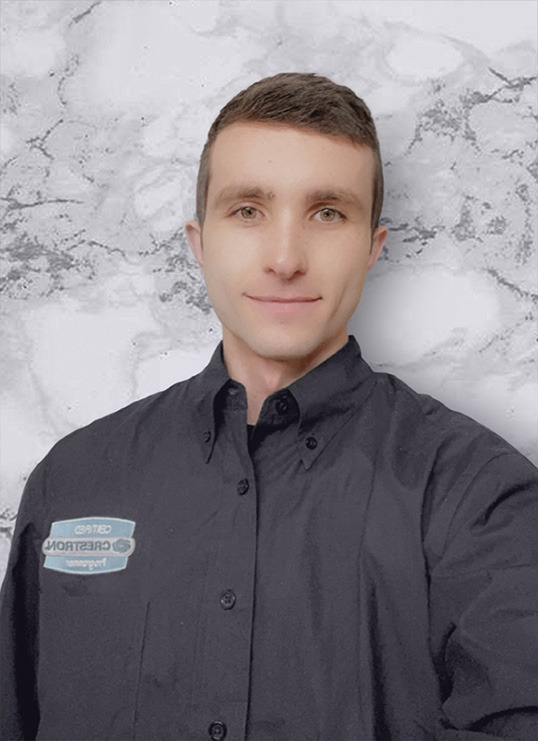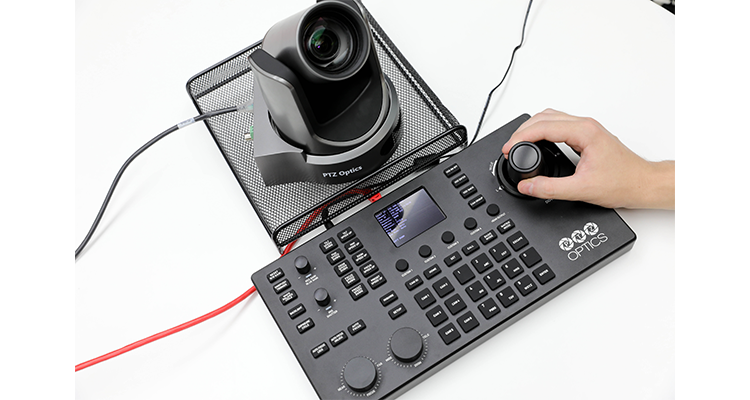Spotlight: Paul Richards — Chief Streaming Officer | Business Development
In my biweekly blog series, I am highlighting some of the incredible people who work for the Audio Video Industry. In this post, we are profiling Paul Richards. Here is a brief introduction.
He is the Chief Streaming Officer for StreamGeeks and Business Development for PTZOptics and HuddleCamHD.
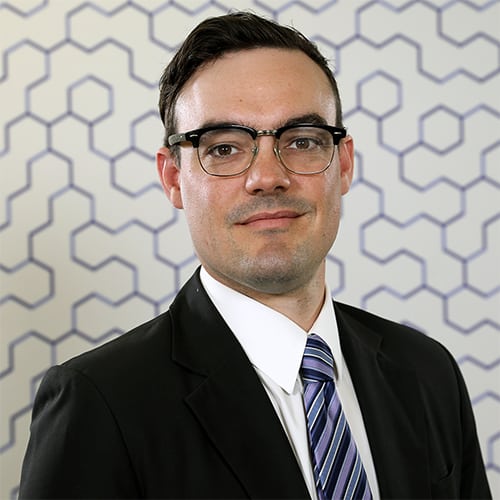 1.Describe your journey in the AV industry? How did it start?
1.Describe your journey in the AV industry? How did it start?
I started out in audiovisual sales in 2007. This was right after the housing-market crisis and a lot of folks were getting laid off. Luckily, the audiovisual integrator I was working for stayed afloat and became stronger once the economy came back around. After about 2-4 years in audiovisual sales, I found a passion for testing tech gear and marketing new use cases with videos and online webinars. After learning how to live stream, my career in marketing Pro-AV equipment really started to take off. I was a very early adopter of Zoom Video Conferencing and I worked with Eric Yuan and Greg Holmes when their sales team only had 2 people.
2.What do you think are the challenges that are facing a new person who wants to join the industry?
The ProAV industry is very exciting because so many new technological changes happen all the time. Moore’s law tells us that computer processors double in speed every 18 months or so. The same aggressive technological advancements happen every year with professional audiovisual equipment. Staying in touch with changing customer needs and solutions from ProAV manufacturers is important for success in the ProAV industry. For someone new interested in joining the ProAV industry, my advice would be to enter with passion. If you are passionate about helping customers with new emerging technologies, you will likely find the dedication required to navigate the changing modern ProAV landscape. Choose a target vertical that you want to help and focus your learning. With so many different technologies, often designed for specific verticals, I believe it is very wise to specialize in a specific area of the industry, especially when you are first starting out.
3.What are the positives of working in this industry?
The ProAV and Broadcast industry professionals are full of friendly mentors and guides. You can use technology to solve all sorts of problems for customers in almost any vertical. Seeing the creative solutions that integrators use to combine products from multiple manufacturers always amazes me. ProAV distributors and manufacturers have really stepped up their game when it comes to training and supporting their resellers. Doing business in ProAV is still very much relationship-based. Developing great relationships in the ProAV industry has been one of the great joys of my job at PTZOptics.
[RELATED] : If you have missed any of my previous interviews, please click here.
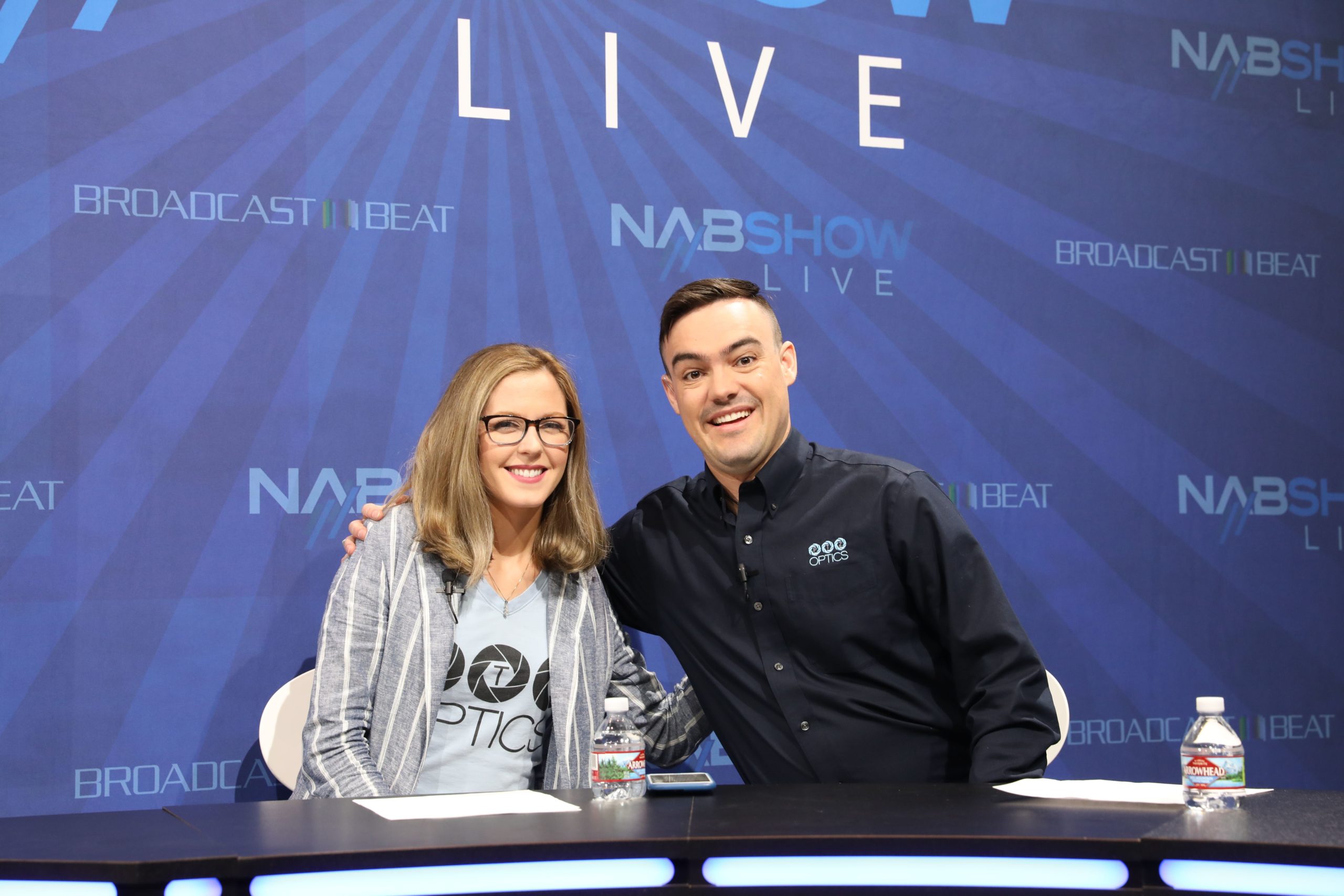 4.What in your opinion would you change in the industry? What are the negatives that are prevalent ?
4.What in your opinion would you change in the industry? What are the negatives that are prevalent ?
It would be nice if there was more standardization of IP video. Everyone has their own standard and not everything plays nicely. IP audio and video are definitely opening up new doors for AV but determining which one to invest time learning about is a challenge. Because of the nature of technological advancements in the industry, better training resources are required. Not everyone in the industry can fly out to InfoComm every year. I would like to see a better virtual experience delivered from InfoComm for virtual attendees. It would be nice to see a better virtual tour of InfoComm along with better remote training solutions for professionals around the world.
5.Describe your ideal client? What do you wish clients to know before hiring you?
We work directly with audiovisual integrators to provide USB based video conferencing equipment and affordable live streaming gear. Ideal clients are audiovisual professionals who are willing to read the manual and take our free online training course. I enjoy having conversations about projects that went well and show the opportunity for growth in new growing verticals. We helped DeadMau5 the popular DJ outfit his latest Cube V3 DJ system with PTZOptics cameras. That was a fun project. The integrators on that project were able to combine detailed knowledge about Digital Audio Workstation software with live streaming cameras and video production equipment. I get excited when two different markets can come together to create a cohesive solution. Keep an eye out for large waves of technological changes such as cloud-based video conferencing. These technologies are reaching deeply into established markets and even creating new ones. It’s our job as ProAV professionals to help identify emerging use cases for audio visual solutions.
6.If you were going to start over, what would you do differently ?
I have a few regrets in my career. One thing I look back on is my old tutorial videos. If I could go back, I would have spent more time investing in the studio where we make videos. Today we have an amazing studio with 8 cameras, lighting and top of the line audio equipment. But when we were just starting out our video recordings didn’t output the most professional videos. Some of the videos from 5-6 years ago still get negative comments from people saying “what the heck dude…”. But you live and you learn. Another thing I would have done differently is SEO. SEO is so powerful, and I wish I did a better job taking blogging and website creation more seriously. This is something we take very seriously today.
7.Describe a typical work day for you. What are your daily disciplines?
I manage a team of 4 people on our marketing team. We have one person on social, one on video, one writer, and one on SEO. We are always making video content, planning webinars, hosting live streams and writing blog posts. A typical day starts with a new idea. How do we pitch this? Who is the intended audience? How are we going to generate leads regarding this new opportunity or partnership? Years ago, we would have an idea and make a video. Today, there is a much more in-depth process that includes creating guides, workflows, landing pages, blog posts, SEO optimization, podcasts, and then finally a great resource video that ties everything together.
8.Describe the apps and gear that you use daily which makes you more productive?
We use Zoom all of the time to meet with clients and present remotely. We use vMix for video production and it’s been a dream to work with. We use live video production equipment to record videos to reduce the need for post-production and speed along our video creation workflow. We use Slack for organizational communications and Discord for smaller projects with smaller outside teams. The Google Drive has been a dream to learn how to work with. I try to stay very organized on the Google Drive. Most projects start with a shared Google Document that outlines the next project idea. We link this document to other resources and keep everything in specific folders for reference later on. As our team has grown, properly organizing our Google Drive has been key for productivity.
9. How do you stay relevant in this industry?
We look for interesting use cases in growth markets that may be underserved and we explore them. Unlike many other companies who write a blog post about a trending topic and move on to the next one. We heavily get involved, buying products for review, testing integrations and taking viewers through this journey to identify pitfalls and “gotchas” they need to look out for. This approach has helped us grow our social media following on all the major platforms. I am very proud of how dedicated and engaged our online audience has become. Another key differentiator for our company is our use of live streaming. I have written six books on the topic of using live streaming for various markets. Our live streaming show that we host weekly has transformed our go-to-market strategy. Live streaming allows us to gauge the market and crowd-source ideas from our audience. I believe many companies do not review the comments they receive on social media. We always reply and engage our audience. Learning to listen to your audience through digital channels is a skill that should be practiced by more than the social media team. We have learned how to use live streaming as the tip of our marketing spear. It’s been an amazing transformational process.
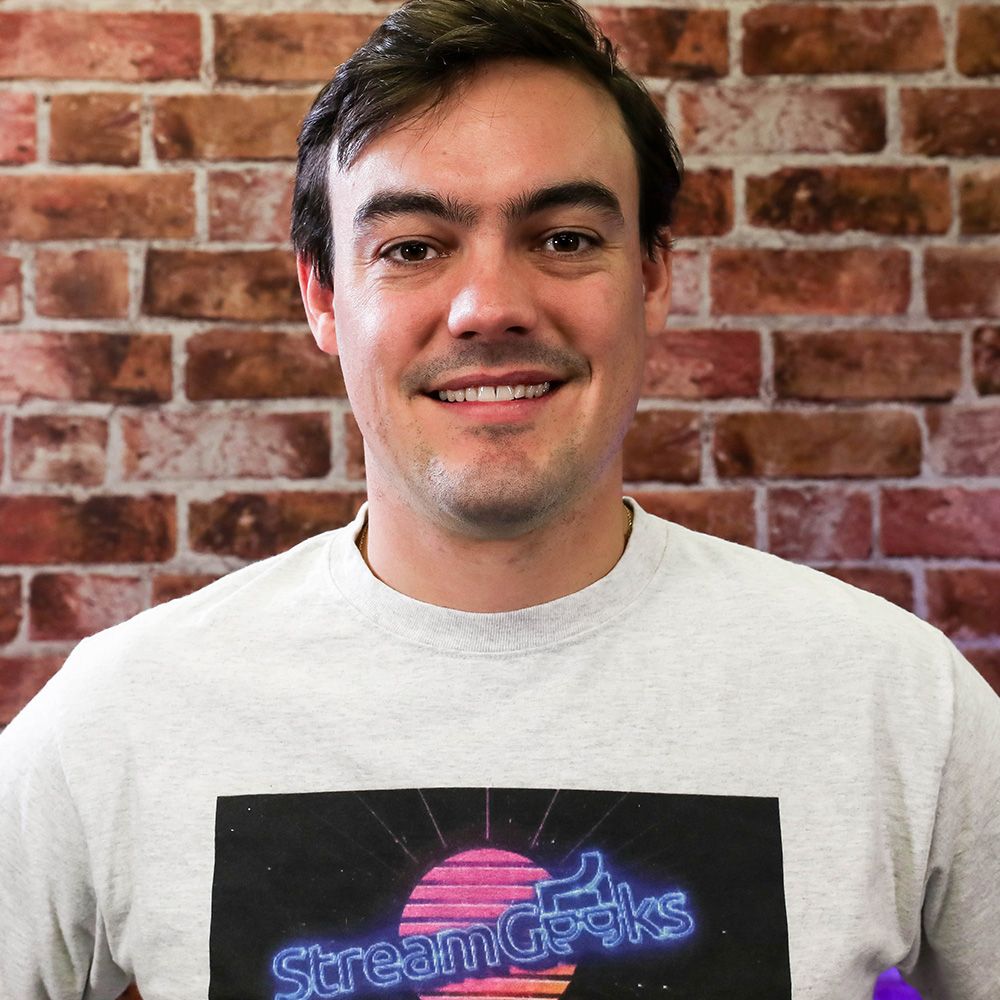 To know much more, please connect on Linkedin.
To know much more, please connect on Linkedin.
*****
Did you like this post? Connect with me on LinkedIn or just sign up for my free email newsletter.




